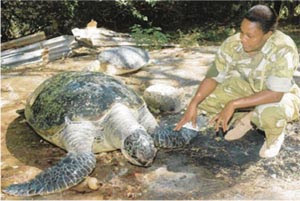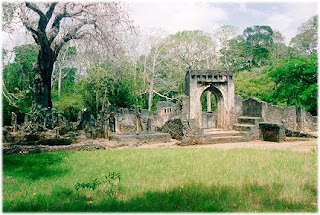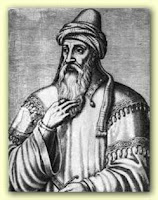Sea Turtles Die In Kenya

I read this very disturbing report this morning: "The killing of 28 sea turtles in less than month on the Kenyan coast has raised the alarm among conservationists. Initial investigations portray a catastrophe of international proportions. The deaths were not only the highest number recorded on the Kenyan coast in less than a month but the biggest set-back to conservation efforts. According to data compiled by both the Kenya Wildlife Service (KWS) and the Kenya Sea Turtle Conservation Committee (Kescom), 22 marine turtles have been killed at Vipingo and two at Kuruwitu both in Kilifi, three at Diani in Kwale and one in Mombasa last month. The sea turtles are endangered species protected under the Convention on International Trade of Endangered Species (Cites) that prohibits commercial trade in the animal and its parts." Read more from the AllAfrica.com Kenya Sea Turtle Conservation Committee officials say: '.....human impacts contributed to more than 85 per cent of turtle...





